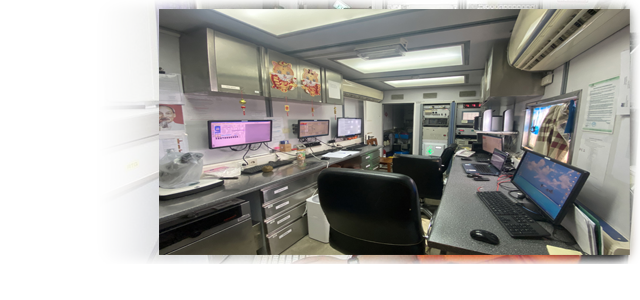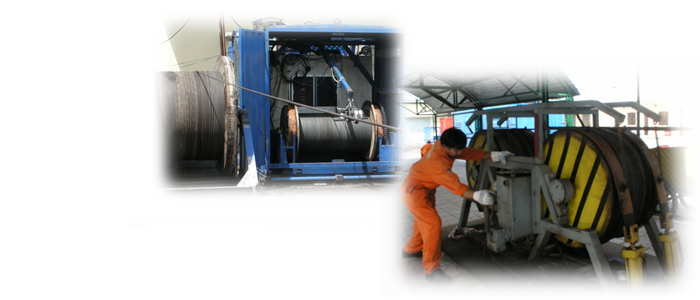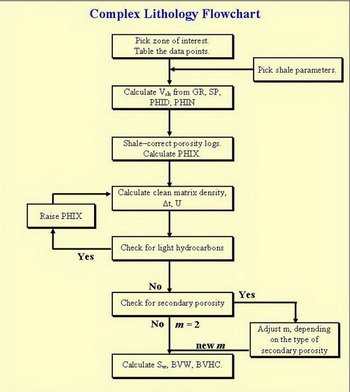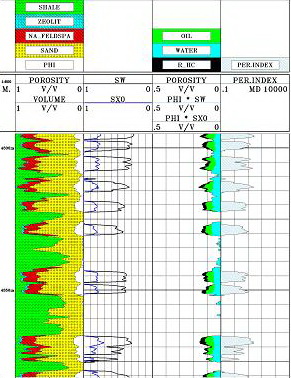L&TD
LOGGING & TESTING DIVISION

CORAL Complex Reservoir AnaLysis
|
CORAL Analysis provides an accurate detailed description of reservoirs and mixed lithology. Its primary use is in the evaluation of formations, which contain shale, sand, limestone, dolomite, anhydrite, and gypsum. Minimum log data consists of a gamma ray or spontaneous potential log; a density, neutron, or sonic porosity log; and an induction or laterolog resistivity log. Improved results are obtained if photoelectric (Pe), shallow resistivity, sonic, dielectric, and spectral gamma ray data are used. These logs will provide determination of shale content, cross plot lithology (sandstone-limestone or limestone-dolomite), anhydrite content, porosity, secondary porosity or gypsum (if an acoustic log is available), permeability and water saturation. If it is known that there is no limestone in a formation, the combination of sandstone-dolomite can be evaluated. |
|
This program has been used popularly in L&TD for sedimentary rock evaluation. Tool response equations available are SP, GR, Rt, Rxo, density, neutron and sonic. Figure 1 shows the result of a CORAL processing for Shaly Sand-Lime-Dolomite with coal. The unknowns are porosity, clay volume, sand volume, water saturation, water saturation in flushed zone, hydrocarbon density, lime volume, dolomite volume, coal volume, and permeability index.
|
Fig. 1 – Results of CORAL processing for Shaly Sand-Lime-Dolomite with Coal
Nhóm Marketing |















